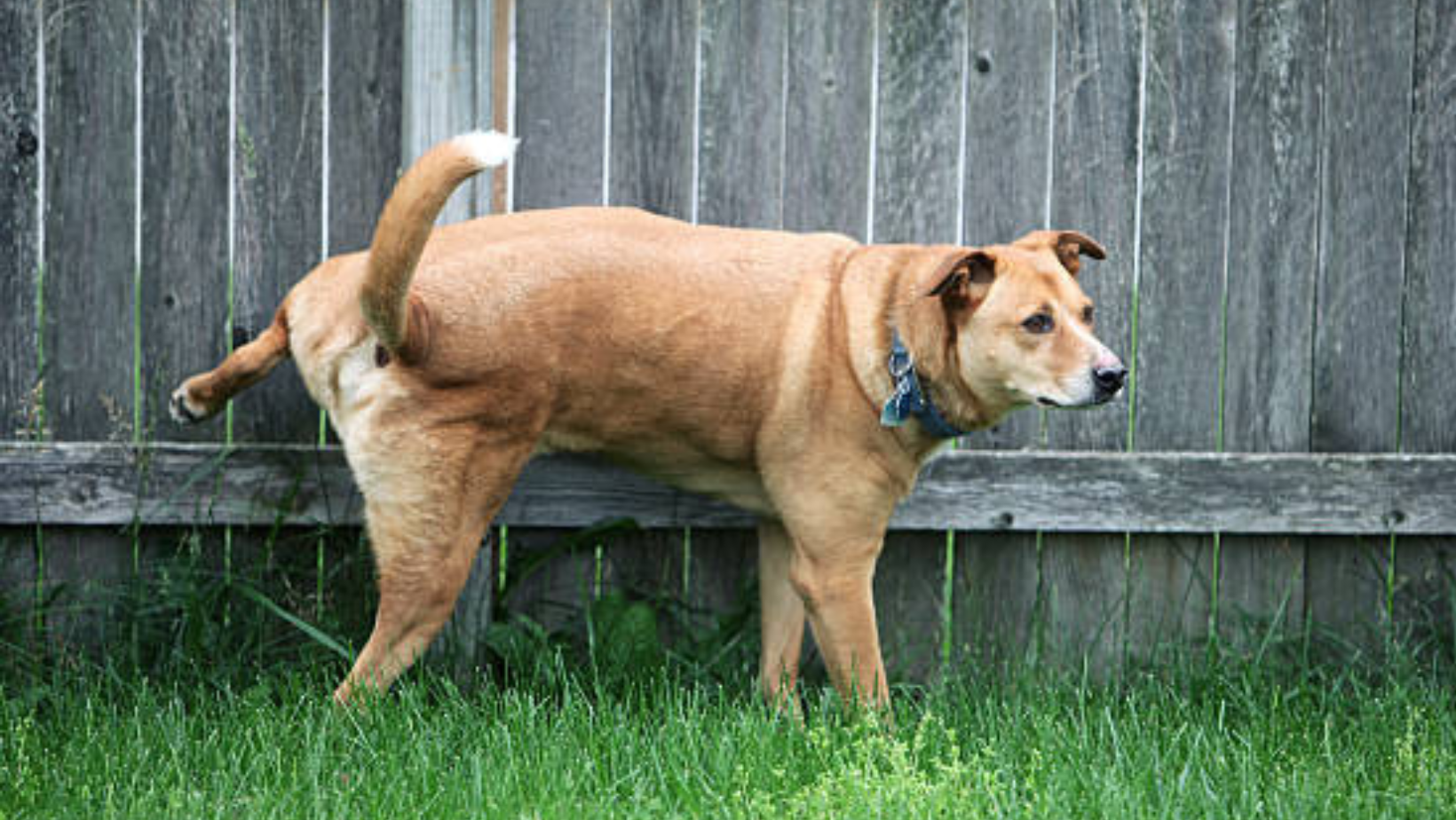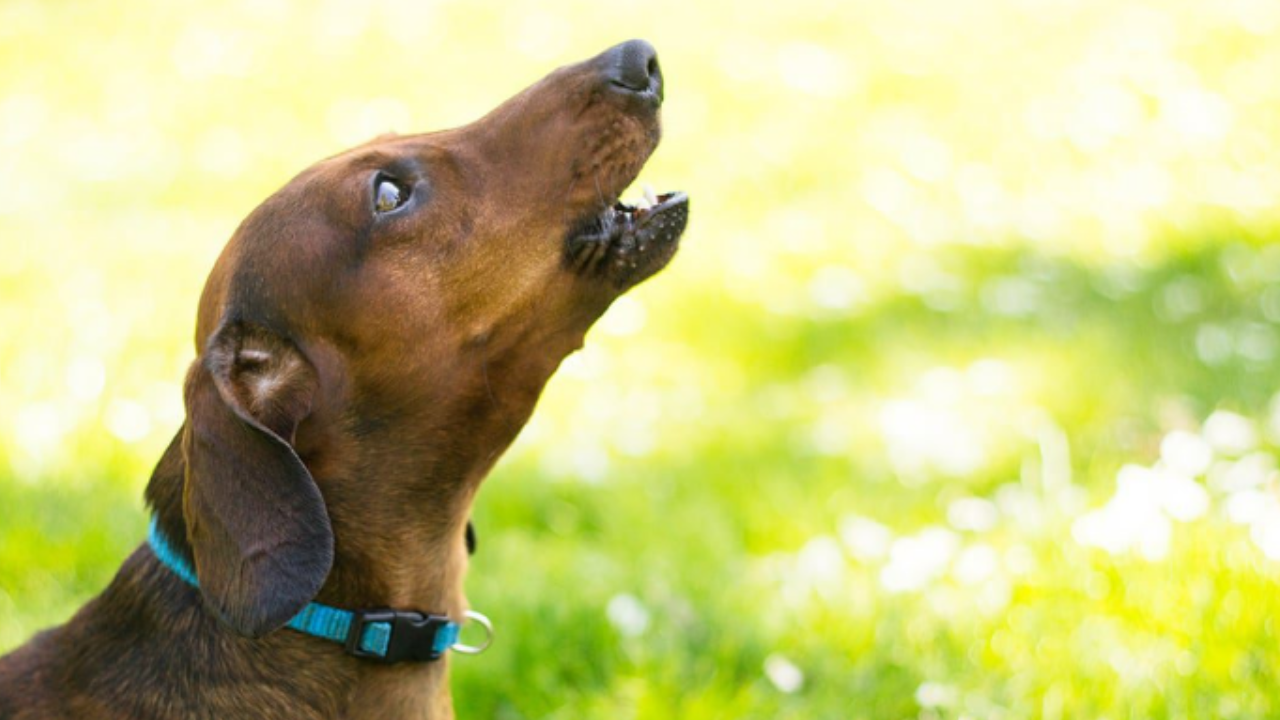Why Do Dogs Lift Their Leg to Pee?

You might have come across an amusing video of a pug peeing while performing a handstand while browsing the internet. While this is amusing, there are actually 12 different elimination positions that dogs utilise when they need to urinate. Here we will discuss Why Do Dogs Lift Their Leg to Pee and learn about it.
A 1970s study on canine elimination routines included the handstand among other more well-known possibilities like the “rise” and “squat” positions.
According to conventional wisdom, a male dog lifts his leg to urinate, whereas a female dog squats. Due to the statistical likelihood of this, pet parents frequently assume that any male or female who does not lift his leg or squat has a behavioural or medical problem.
Let’s investigate the reason why dogs feel the need to lift their leg to urinate.
Why Dogs Raise Their Legs to Urinate
What then triggers a dog, whether male or female, to lift their leg? Thank goodness, science has provided a solution.
Urination has two separate functions in dogs, both male and female: getting rid of liquid waste and delineating territory. Because they are considerably more likely to scent-mark, male dogs occasionally prefer to stand with their legs raised. Urine on the ground sends a weaker message than urine lifted a leg makes it simpler to urinate on higher surfaces like trees or fire hydrants and cover a bigger area.
Do All Male Dogs Lift Their Legs to Pee?
Leg-lifting or leg-raising is not a born behaviour in the majority of puppies. The study revealed that the conventional leg lift and a position known as the juvenile lean posture or the “racehorse” stance are the two most common postures used by male dogs to urinate.
The “lean” stance, in which both hind limbs remain on the ground, the body leans forward, and the hind legs are extended back, is the default position for most male dogs.
A male dog’s tendency to elevate his leg when urinating increases as he begins to mature. Male puppies typically reach sexual maturity at roughly 6 months in small breeds, up to 9 months in medium to big types, and possibly even later in some huge breeds.
However, you can control how a male dog will urinate. Working dogs, such as those used as bomb-sniffing or seeing-eye dogs, are frequently taught not to mark their territory in order to prevent them from defecating on places you don’t want them to.
You can train your dog to not lift their legs to urinate even if you don’t have a working dog if you want to keep the vertical surfaces in your home and yard clean. Young male puppies can avoid developing the leg-lifting tendency by being kept away from vertical surfaces when they urinate.
Why Do Some Female Dogs Lift Their Leg to Pee?
Not only male dogs but other animals also use urine to mark their territory. Most mammals, including both sexes, communicate often through scent marking.
In a 2004 study that examined female dogs’ urinating patterns, researchers discovered that the farther the dogs travelled from their homes, the more likely they were to urinate often and direct their urine at things. The same study discovered that there are two common urinating postures for female dogs: the ever-popular squat and the “squat-raise,” which combines a squat and a leg lift.
Therefore, even though male dogs are more likely to urinate to establish their territory, female dogs frequently elevate their legs to signal the arrival of the next litter.
What If My Male Dog Doesn’t Lift Their Leg to Pee?
Male dogs can urinate in a variety of positions, the leg lift being just one of them. Several variables, including their environment and even their breed, might affect how they urinate. By adulthood, the majority of dogs have developed a clear preference for a position.
In response to stress, it’s also possible that dogs will alter the way they urinate. Many dogs will also adopt an ambidextrous or ambilateral stance, which means they will alternately lift their left and right legs.
Your male (or female) dog changing the posture in which they urinate could indicate a health problem, such as joint pain or a urinary tract problem. Visit your veterinarian if your dog’s urinary pattern has changed to be sure there isn’t a serious health problem.
Is It True That Small Dogs Lift Their Legs Higher When They Pee?
According to Dr. McGuire, scent-marking in dogs conveys details about the dog, such as their size and capacity for competitiveness. According to her research, smaller dogs were more likely to lift their leg at a higher angle and urinate higher on a vertical surface.
Dr. McGuire believes that if doing so allows small canines to avoid direct fighting, it “may be uniquely beneficial for little dogs to exaggerate their physical size and competitive abilities through relatively high scent marks.” “In contrast, huge dogs, with better competitive ability, would have less incentive to avoid direct conflict.”
Therefore, small dogs are more prone to urinate higher up on surfaces to give the impression that they are bigger, stronger competitors. Regardless of how your dog chooses to urinate, be aware of their usual placement and inform your veterinarian if anything changes.
Featured Image: iStock.com





